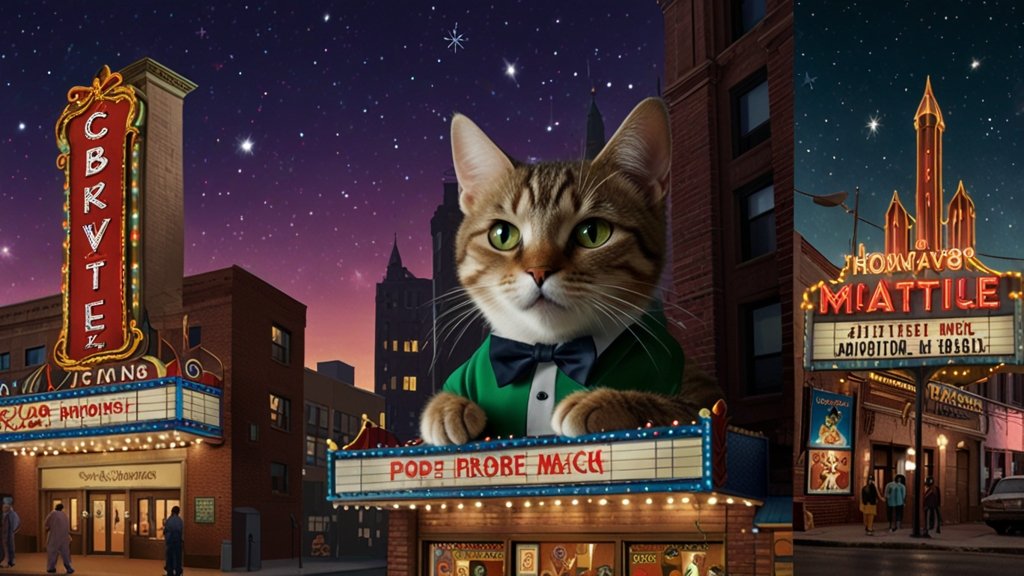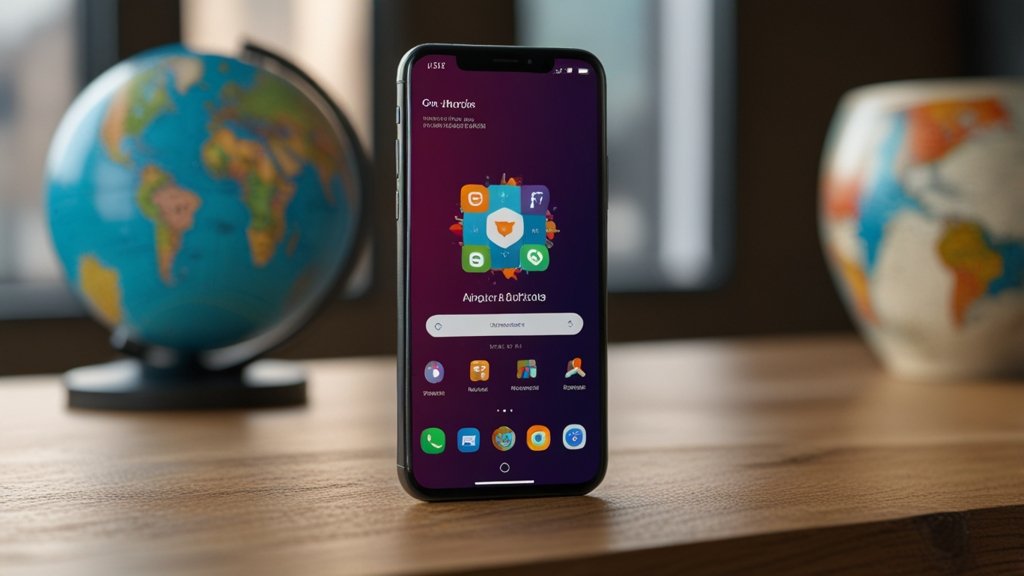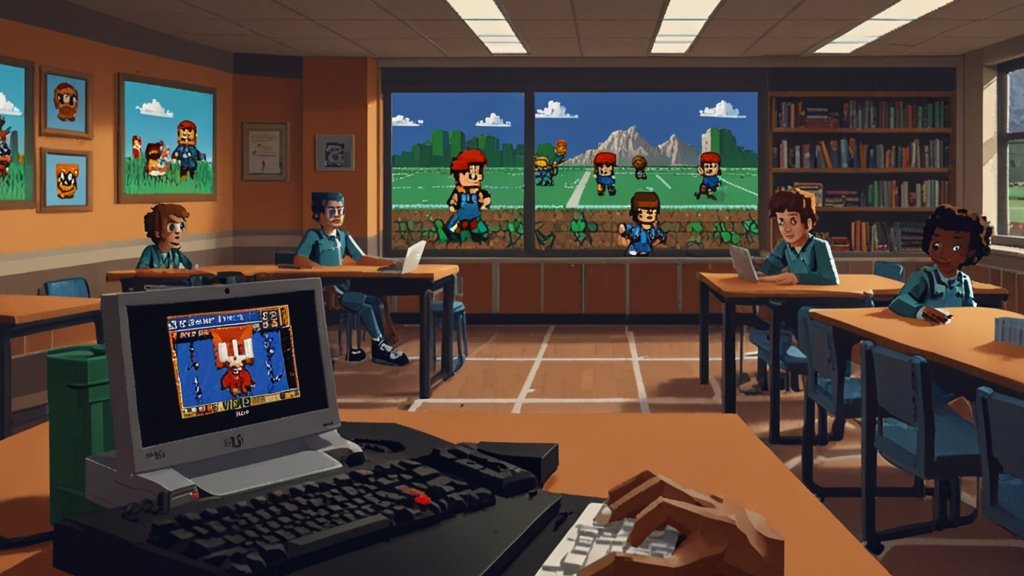Imagine squinting at the words “Katz” and “Martian” in a grid, your brain flickering between Broadway musicals and Looney Tunes characters. This isn’t a riddle from another planet—it’s the magic of The New York Times Connections puzzle. The “Katz Martian” clue, a playful mashup of homophones (Cats + Marvin the Martian), isn’t just a test of trivia knowledge. It’s a masterclass in how language, pop culture, and lateral thinking collide. Let’s explore why this clue captivates solvers and how you can crack similar brain teasers.
Why “Katz Martian” is a Puzzle Designer’s Secret Weapon
The Connections game thrives on grouping unrelated words into four hidden themes. But clues like “Katz Martian” elevate it from a simple quiz to a cerebral playground. Here’s why:
1. Homophones: The Ultimate Red Herring
Homophones (words that sound alike but differ in meaning) force solvers to think phonetically, not just semantically. For example:
- Katz → Cats (the musical)
- Martian → Marvin (the cartoon character)
Common Homophone Tricks in Puzzles
| Puzzle Word | Homophone Twist | Pop Culture Link |
|---|---|---|
| Knight | Night | Batman’s Gotham |
| Sole | Soul | Motown classics |
| Bear | Bare | Stock market slang |
2. Pop Culture as a Shared Language
Puzzle designers bank on collective nostalgia. Marvin the Martian (a Looney Tunes icon since 1948) and Cats (a 1980s Broadway sensation) tap into generational knowledge. Miss these references? You’ll linger in “puzzle purgatory.”
3. The “Aha!” Moment: Why Your Brain Loves It
Solving “Katz Martian” triggers a dopamine rush. Cognitive scientists call this insight learning—when fragmented ideas suddenly click. It’s the joy of outsmarting the puzzle’s trickery.
How to Tackle Homophone Clues Like a Pro
Step 1: Say It Out Loud
Sound beats spelling. If “Katz” stumps you, vocalize it. Does it evoke cats, CAT scans, or Katniss Everdeen?
Step 2: Mine Your Mental Pop-Culture Database
- Genres Matter: Boomers might nail Cats; Gen Z could lean into Marvin’s TikTok memes.
- Cross-Reference: Link words to movies, songs, or viral trends.
Step 3: Embrace Wrong Guesses
Connections penalizes misfires, but wrong answers reveal patterns. If “Katz” isn’t grouping with animals, pivot to arts or sci-fi.
3-Step Checklist for Homophone Clues
| Step | Action | Example |
|---|---|---|
| 1 | Auditory brainstorm | “Katz” → “Cats” |
| 2 | Pop-culture link | Cats musical vs. Marvin the Martian |
| 3 | Process of elimination | Rule out non-homophone categories |
Why Puzzles Like “Katz Martian” Are Cognitive Superfoods
A 2022 University of Michigan study found that adults solving word puzzles daily improved memory retention by 18% over six months. Here’s why:
- Pattern Recognition: Spotting homophones sharpens auditory processing.
- Lateral Thinking: Bypassing literal meanings fosters creativity.
- Cultural Literacy: Staying updated on trends becomes a game, not a chore.
Your Next Move: From Puzzle Novice to Ninja
- Play Daily: Muscle memory matters.
- Join Communities: Reddit’s r/NYTConnections deciphers tricks.
- Create Your Own Clues: Test friends with homophone riddles.
You May Also Read: Retro Bowl 3KH0: Your Secret Playbook for Unblocked Football Fun
Conclusion
The next time you see a clue like “Katz Martian,” remember: it’s not just a puzzle. It’s a tiny rebellion against linear thinking—a reminder that language is alive, slippery, and endlessly surprising. Ready to play?
FAQs
Are homophone clues common in NYT Connections?
Yes! About 30% of puzzles use homophones or homonyms.
What if I don’t know the pop-culture reference?
Use elimination. If three words fit a theme (e.g., space), “Martian” might hint at the outlier.
Can puzzles like this improve real-world skills?
Absolutely. Lateral thinking aids problem-solving in careers like marketing or coding.
How do I stay updated on obscure references?
Follow pop-culture news or play trivia games. Even TikTok trends count!
Is there a time limit for solving Connections?
No, but regular players solve it in 10–15 minutes. Practice makes speedy.










